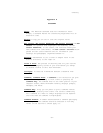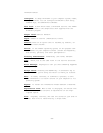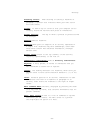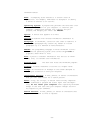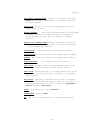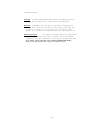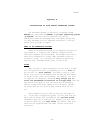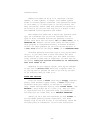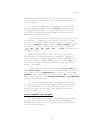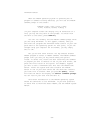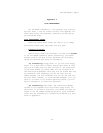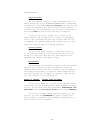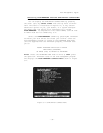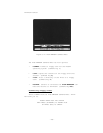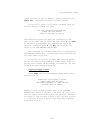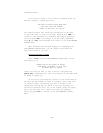
PASCAL
for formatting disks in Appendix C of this manual. Unless you
supply a different volume name, the formatting program will
name it BLANK:.
If you have a hard disk, you should know that files are
stored on disks in segments called blocks. Each block can
hold about 500 characters, or about eight typed lines. Hard
disk users can reserve a certain number of blocks for each
ThinkTank outline they create.
Disks are read by disk drives which are either built into
your computer or connected to it. PASCAL thinks of your disk
drives, as it thinks of your console (screen and keyboard) and
printer, as devices. PASCAL assigns a device number, which
also ends in a colon, to each device. It assigns the device
numbers #4:, #5:, #9:, #10:, #11:, and #12 to as many disk
drives as you have.
Which drive gets which number? It depends on how they
are connected or configured. There is generally a “pecking
order” of your disk drives, and device numbers are assigned in
this order. Drive I is device #4:, Drive 2 is device #5:, and
so on. If you aren’t sure what the order is for your system,
consult your dealer.
You can refer to disks either by their volume name or by
the device number of the drive that contains them. For exam-
ple, suppose the file TASKPLAN.DB is stored on a disk called
PROJECT: which is inserted in Drive 2 (device #5:). You can
refer to this file as either PROJECT:TASKPLAN or #5:TASKPLAN;
the two names are equivalent.
If you have a hard disk drive, the list of files stored
on it can get very long. You can avoid having to wade through
it by partitioning the disk into several volumes or devices.
Once partitioned, you can treat these segments as separate
drives or disks.
PASCAL COMMANDS AND PROGRAMS
The PASCAL operating system is supplied on a set of flop-
py disks. Part of it is also included on the THINKTANK
PROGRAM DISK so that you won't need to use the system disks
while running ThinkTank.
—95—



